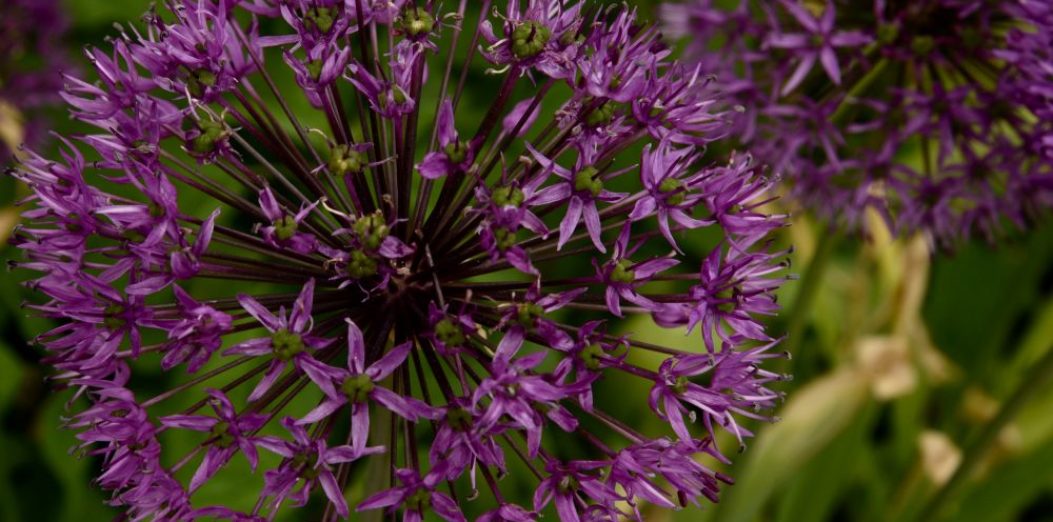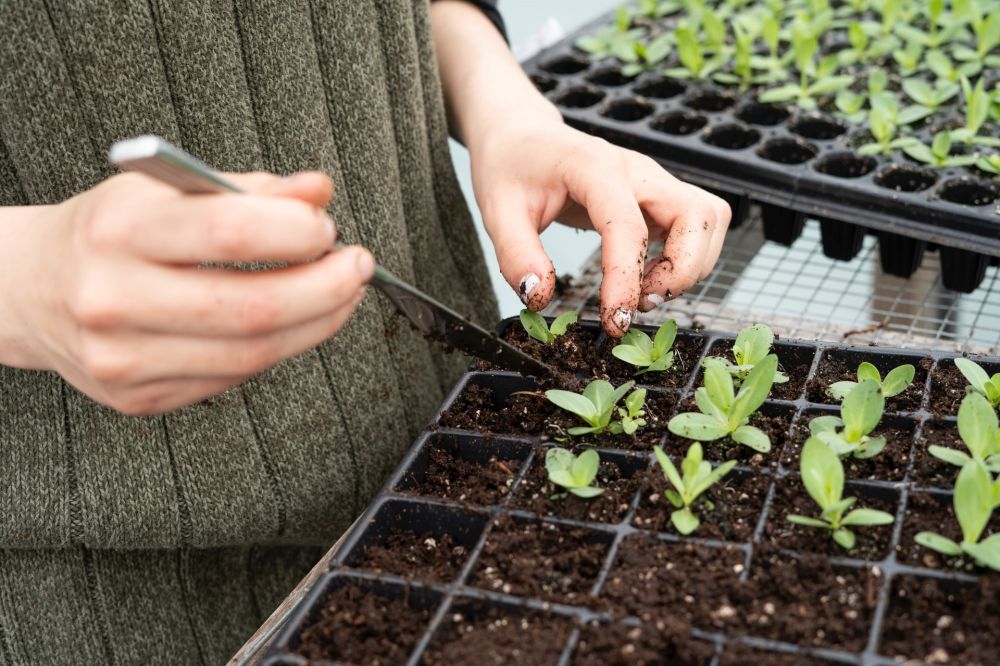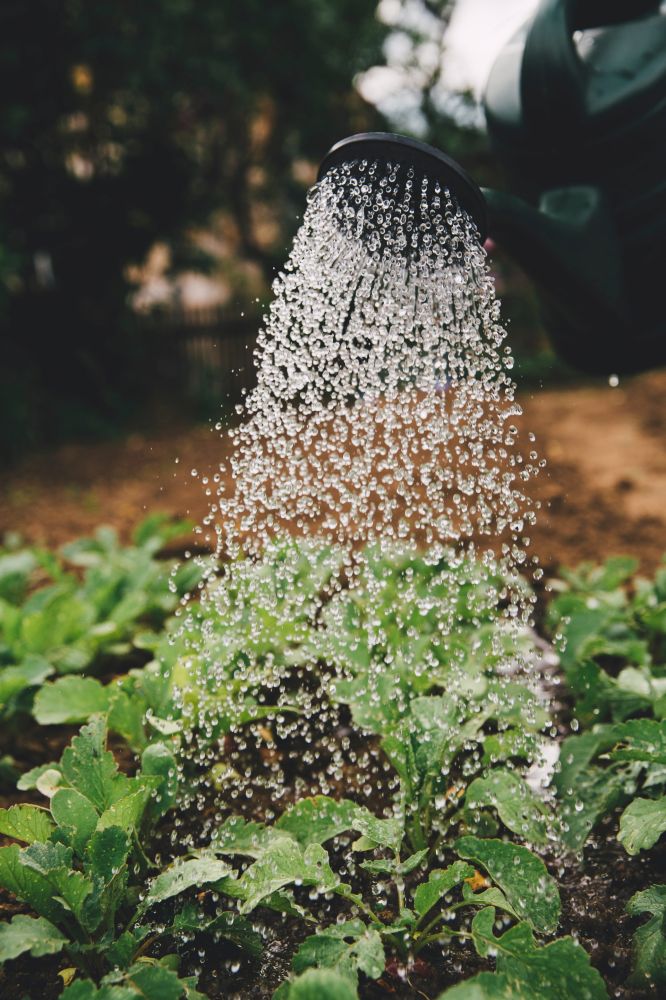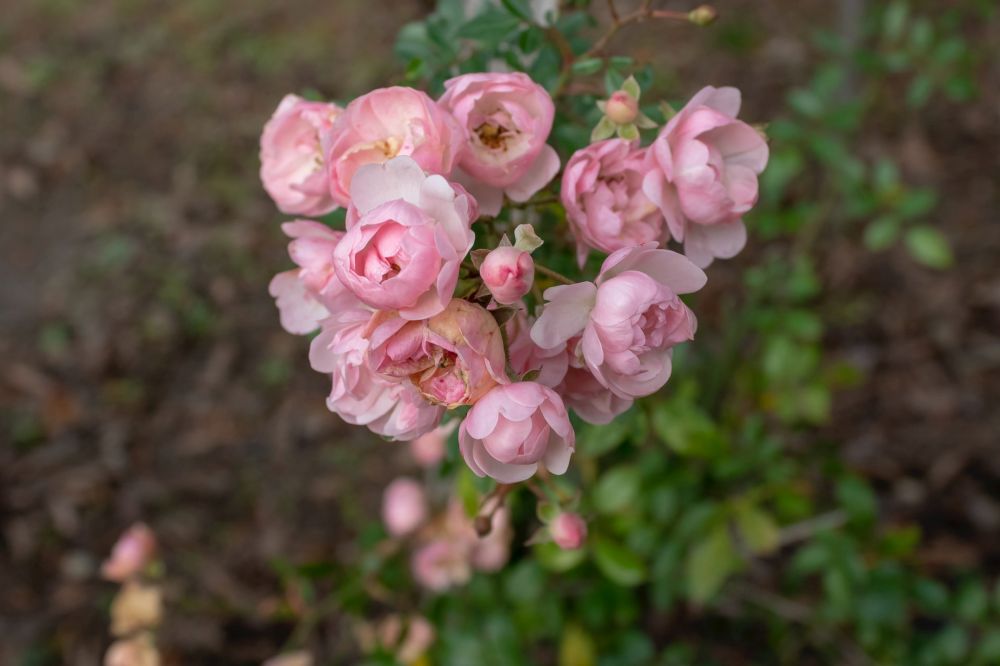Jobs for the garden in May and June
This time of year, everything seems to be bursting into bud, plants are finally getting into full swing, and gardens and countryside alike are full of fresh new greenery. It’s time for enjoying gardening!

When there’s so much to do outside, it’s easy to forget that gardens are for sitting and relaxing as well as working in. Make the most of the sunny days and catch a few moments to enjoy the late spring. May signals the beginning of the show season too; kicked off by both the Malvern Spring Festival and the Chelsea Flower Show in May, followed by BBC Gardeners World Live in June and then Tatton Park and Hampton Court in July.
But there’s plenty of gardening to be doing in the meanwhile; here are our top tips for May and June. In particular note the advice on not planting container plants and annuals out too early – late frosts are still very possible in May!

May
- Try and stay on top of the weeds – not always an easy task at this time of year. If possible, remove them before they flower and set seed (weed seeds live for a long time in the soil)
- Prepare annuals and vegetables for planting
- This is a good month for planting late summer flowering perennials, and those ever-so-slightly tender shrubs, Lavenders, hardy Fuchsias, Hebe and Santolina for example.

- Fertilise borders with a slow release fertiliser, giving them a head start before plants have grown too much.
- Check rose and climber support structures and repair/replace if required. Install staking systems for tall perennials before they get too big.
- Watch out for pests and remove or spray (if you wish to, and with great care)
- Plant up containers – but remember, if cold weather is forecast, it’s best to wait until late in the month.

June
- Finish planting up containers now the frosts are gone for good (well, until the autumn anyway…)
- Mowing / weeding / watering / tying in – it’s that time of year!
- Dying spring bulb foliage looks unsightly, but don’t remove the dying leaves until they are brown / falling off. (Aside: dwarf bulbs die much more ‘tidily’ in this respect – possibly something to consider when buying/planting your next lot of bulbs!)

- Dead head roses to keep them flowering; they can also be given a mini prune at the same time if you like to help them stay neat and tidy.
- Remove rose suckers. Many cultivated roses are grafted onto a hardier (often wild) rose root. Suckers will grow from beneath the graft, normally with leaves that are smaller than the cultivated variety. They will not bloom, but will sap energy from the plant (and can eventually completely overrun it). They should be pulled/twisted/torn off right at the root (cutting with secateurs seems to encourage more suckers); you may need to remove some soil to get to them.
- Late June & July is the time to prune shrubs that have flowered in May and June on current season’s wood. To give you some examples – Ceanothus (but don’t prune into old wood), Philadelphus, Deutzia, Lilac, Clematis Montana.
Enjoy! And as usual, if you have any questions, don’t hesitate to get in touch.